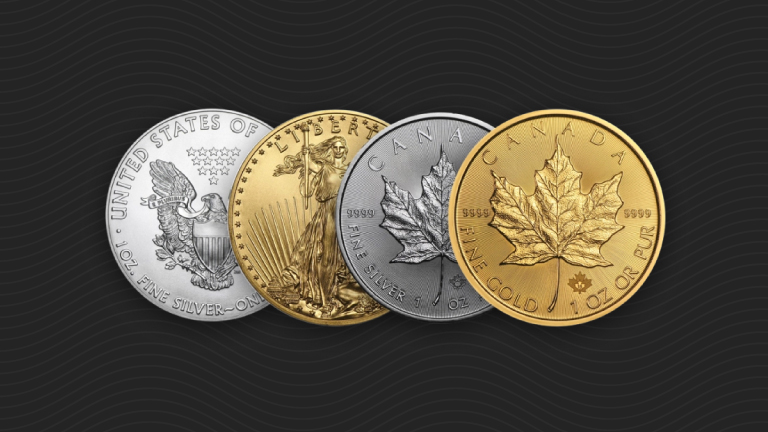Fed Mandates Inflation
By Peter Schiff
Much of the content of the latest Fed statement, released on September 21, echoes the central bank’s previous post-credit crunch pronouncements: there is still too much slack in the economy, interest rates are still going to be near-zero for an “extended period,” and the Fed will continue to use payments from its Treasury purchases to buy yet more Treasuries. But this recent statement uses a new turn of phrase that should have Americans very upset. The Fed says that “measures of underlying inflation are currently at levels somewhat below those the Committee judges most consistent, over the longer run, with its mandate.” Though the wording treads lightly, it should not be taken lightly. It may signal the final push toward dollar collapse.
The Fed’s dual mandate, since an amendment in 1977, has been to promote “price stability” and “maximum employment.” While often discussed as if both goals are complementary facets of one mandate, they tend to have been at odds during every recession since the Great Depression. The problem is that central banks tend to keep interest rates too low for too long (usually to create a feeling of prosperity credited to the government), which then causes major asset bubbles. When the bubbles pop, there is a period of high unemployment during which prices are supposed to fall. Then, the central bank must choose between boosting short-term employment through inflation or defending price stability by allowing assets to return to a reasonable market value. Aside from the early 1980s chairmanship of Paul Volcker, the Fed has always chosen more inflation.
But they’ve never admitted it.
The Fed statement said, “inflation is likely to remain subdued for some time before rising to levels the Committee considers consistent with its mandate.” Notice that there is no mention of a deflation threat here — as quantitative easing has effectively quashed that possibility — but rather “subdued inflation for some time.” The Fed defines inflation differently than I do, as an increase in consumer prices rather than the amount of dollars in circulation. By my definition, massive inflation has already been created, which is reflected in the fact that prices for houses, consumer goods, stocks, and bonds haven’t fallen steeply and stayed down since the dot-com and mortgage bubbles popped. But even by the Fed governors’ definition, they acknowledged that we are experiencing inflation — just not enough for their taste.
Apparently, according to the renegade policy of the Fed, we’re not paying enough for food, energy, clothing, healthcare, or education. No matter that nearly 20% of the population is unemployed or underemployed, that each US taxpayer’s share of the federal debt is now some $121,000, or that average tuition at a private university is set to rise 4.5% this year to $27,325. Apparently, these factors do not affect “price stability.”
Some might say that a certain amount of inflation must be permitted when unemployment is so high — that the dual mandate involves trade-offs. If that were the case, then when we were in a boom period like the ’90s or mid-2000s, the money supply should have been shrunk. Also, there is ample evidence that falling prices during the Great Depression actually provided life-saving relief to the unemployed. The truth has always been that whatever the question you ask the Fed, the answer is inflation. With prices drifting steadily upward since its establishment in 1913, I dare to ask: has the Fed ever achieved its dual mandate?
The market has certainly lost any hope of price stability in dollar terms. Since the Fed statement was released, gold prices have hit new all-time nominal highs, silver is the highest since the Hunt brothers tried to corner the market in 1980, and the Aussie dollar (a commodity currency) is nearing its own record highs. Even housing is headed back up. Meanwhile, the dollar index has hit a new 7-month low. In short, holders of US dollars are trading for any real assets they can acquire.
A confounding factor is the strong performance of US dollar-denominated bonds. When the Fed creates inflation, that erodes the value of fixed-asset investments like bonds, which can’t adjust their returns to the new price level. So many commentators are pointing to the record low bond yields as evidence that inflation is not a threat. But this is a misreading of the situation. What is overlooked is that when the Fed prints more dollars, it typically uses them to buy bonds. Traders know this, so they are stocking up on bonds at ridiculous prices just to flip them to the Fed. They don’t care that, in the long run, the Fed’s policies will destroy the bonds’ value because in the short run, the weak dollar policy serves as a tremendous subsidy to bond sellers.
All the salient indicators tell me that the global dollar crisis has entered a new phase. The Fed is getting more aggressive about money printing because it really doesn’t have any other politically viable options. I’ve always said the Fed uses inflation to give appearance of prosperity, but I never expected them to come out and say it. You don’t give warning when you’re about to rob somebody, because then the victim might take precautions — in this case, buying gold and foreign equities. We should be angry at what the Fed has pledged to do to us, and frankly I’m surprised there hasn’t been more of an uproar. But more important is to figure out how you are going to protect yourself.
Follow us on Twitter to stay up-to-date on Peter Schiff’s latest thoughts: @SchiffGold
Interested in learning about the best ways to buy gold and silver?
Call 1-888-GOLD-160 and speak with a Precious Metals Specialist today!

